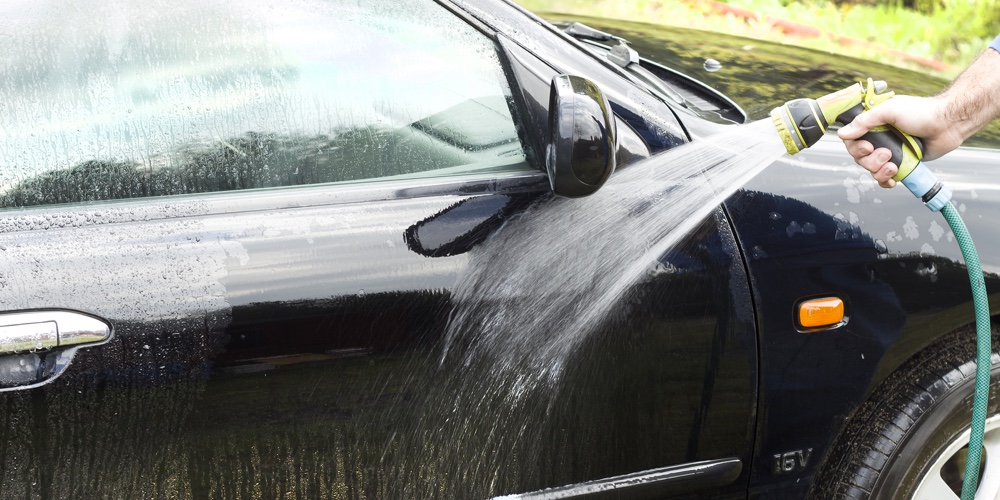Prepare your collections operation: The rise in auto loan delinquencies

In the auto lending industry, delinquency is a constant and costly challenge. The only way to deal with it is to watch the road ahead and change our paths and tactics to “switch gears” as economic factors and consumer behavior evolve. Currently, there is reason to believe a number of factors are combining to drive up our industry’s delinquency rate.
Signs point to an increase in delinquencies of late, with over 4% of auto loans (which equates to more than six million borrowers) now delinquent. A number of factors are contributing to current delinquency increases, including:
- As interest rates increase, borrowers must spend more money to purchase and finance a vehicle.
- Consumers are purchasing much costlier classes of vehicles these days, with 2/3 of purchases consisting of light trucks and SUVs.
- Though the car purchase and replacement rate has slowed, total auto loan amounts have consistently increased nationwide. Just from 2016 to 2017, outstanding U.S. auto loans increased by $4 billion.
- To make monthly payments easier, borrowers have been spreading loans out over longer periods of time, frequently 72 to 84 months. Statistically, we know that the longer a loan term, the smaller the chance of full repayment.
- In addition to their auto loans, most Americans are also attempting to repay mortgage and student loan debt, so budgets are stretched thin.
Unfortunately, with increased total loan amounts and longer loan terms, borrowers’ likelihood of repaying auto loans in full and on time decreases, a TransUnion study found.
Costs of repossession
When a borrower can’t or won’t repay an auto loan and you’ve exhausted all efforts to collect payment, your credit union repossesses the vehicle to mitigate the financial loss. Unfortunately, once the vehicle is recovered, your credit union still loses money overall. Repossession is a pricey undertaking:
- Loss of interest income
- Loss of fee income from ancillary products
- Repossession cost
- Reconditioning cost
- Remarketing costs
- Impact to your credit union’s provision for loan losses
- Lost member and potential future deposit, investment, and loan relationships
Maximize repayment and minimize repossession
While some amount of borrower default is expected, there are ways for your credit union to maximize the number of auto loans repaid in full, thus minimizing repossession costs. Industry collections experts agree following these guidelines can make a difference:
- Stay proactive. In order to be successful in the world of collections, it’s imperative to make contact with the member. Ensure you have the right calling strategies in place to maximize right-party contacts.
- Communicate with the debtor. The initial conversation with a delinquent member should consist of more than obtaining the current payment due; it must include the method, amount, and date. It also should include the reason for delinquency and whether the debtor believes today’s reason will continue to cause problems making future payments. Take the time to counsel members on the importance of making timely payments and the potential impacts of not doing so, specifically:
- Payment of additional interest on the loan
- Late fees
- Negative impacts to credit score
- Higher cost of future loans
- Repossession
- Be prepared to offer solutions. When possible, the clear goal of auto loan collections is to keep members in their vehicles and paying in a timely manner. It’s understandable that from time to time, a member may have financial difficulties, so ensure you have a loan modification program in place to address member hardships. Ensure your loan modification program provides members a realistic path to getting payments back on track.
- Review your collections software solution. Technology, or the lack thereof, can significantly impact the success of the strategies you deploy and your team’s efforts. Technology delivers automation resulting in streamlined processes and better management of collections efforts. As an example, check to see if your system supports queuing capabilities for the strategy you’re launching, in addition to collections activity tracking and automated note and PTP capabilities. Integration with your skip tracers, repossession agents, and remarketing facilities is a plus, since the collector need not step outside the solution to assign and manage these types of activities. The net effect of technology is increased productivity and efficiency, which means the guidelines outlined above can be adhered to on a more regular basis and with greater ease.
As delinquencies increase, credit unions must protect themselves against the associated loss of revenue. By addressing missed loan payments immediately, your credit union will minimize revenue loss and repossession costs. To learn more about deploying technology to improve your collections efforts, download our free ebook.





